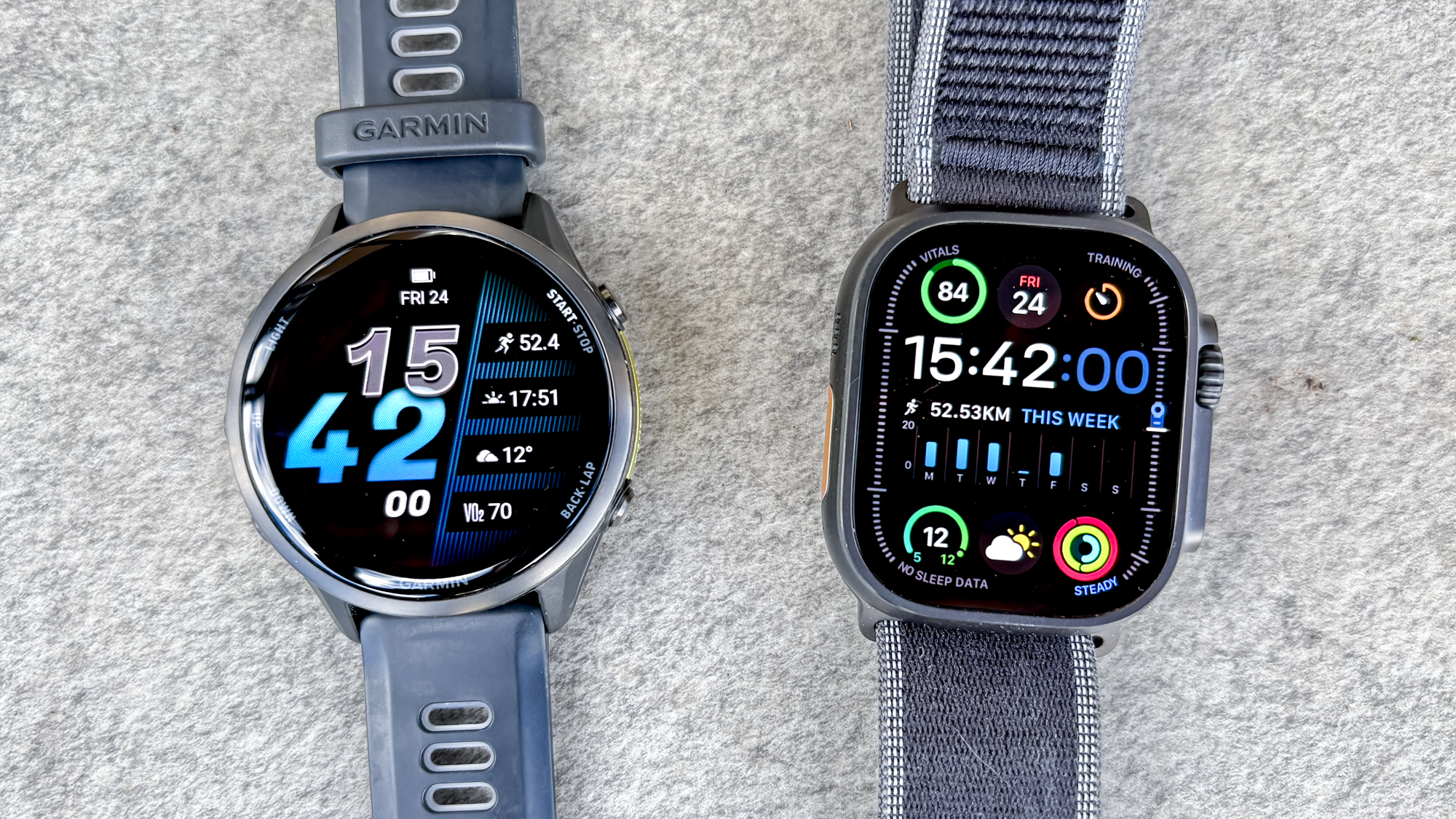First iPhone Virus Rick Rolls Your Phone

It was bound to happen sooner or later. It would be foolish to think that with so many computer hackers and attackers in the world, the iPhone crowd would be spared. Fortunately for iPhoners, the first worm in Apple's golden apple isn't exactly malicious. Well, that probably depends on your definition of the word 'malicious,' but it's definitely not as bad as it could be, or as bad as smartphone viruses could be in the future.
Sure, designing a worm that will change the iPhone's wallpaper to a picture of Rick Astley is irritating for the user. However it seems it wasn't the developer's intent to do something malicious. The worm does nothing but change your screensaver and it only affects jailbroken iPhones -- and only if the user failed to change his or her default password for a secure shell (SSH) application that allows file transfers between smart phones.
A 21-year-old Australian hacker named Ashley Towns has since admitted to developing the worm. In the source code for the virus he writes, "People are stupid, and this is to prove it so" adding that iPhone users should read their manuals. "It's not that hard, guys," Towns writes. "But hey who cares its only your bank details at stake."
Towns spoke to ABC News Online and said that his aim was to wake people up and raise awareness, not to cause trouble.
"When people jailbreak their phone, it allows them to install a service on their phone called SSH," he told ABC. "Generally you should always change your password after setting up on the iPhone as all iPhones use the same password. This virus pretty much exploits people's laziness to change their password," the student continued, adding, "I think to raise awareness for one, somebody with more malicious intent could have done anything - read your SMSs, go through your emails, view your contacts, photos - anything. The virus itself is not malicious and is not out to hurt people. It's just poking fun and hoping waking people up a little."
Towns said the virus is relatively easy to remove. All users have to do is change the phone's password and delete a few files from the phone. You can check out the source code here.
Get instant access to breaking news, the hottest reviews, great deals and helpful tips.
Jane McEntegart works in marketing communications at Intel and was previously Manager of Content Marketing at ASUS North America. Before that, she worked for more than seven years at Tom's Guide and Tom's Hardware, holding such roles as Contributing Editor and Senior News Editor and writing about everything from smartphones to tablets and games consoles.
-
core i7 ownage Rickrolled by tomshardware :'( I hate you guys, I hasn't seen a video of RR for years till now.Reply -
lubitz_420 should've made it so when it sync'd back up with a mac it would've infected that too, just to show all those mac-zombies that believe their impervious to the real world what happens when all your tech equipment is made by the same company with the same code architecture runnin the show, a hole in one is a hole in all!Reply -
JMcEntegart core i7 ownageRickrolled by tomshardware I hate you guys, I hasn't seen a video of RR for years till now.The_Kingsource code lol I've been rick rolled by TH, OMGReply
The things I do to keep myself entertained on a Monday morning. -
the_one111 Jane, Jane, Jane...Reply
Jaaane... Jaane JAAAAAANE!
YOU NAUGHTY LITTLE RICKROLLIN' GIRL YOU!
